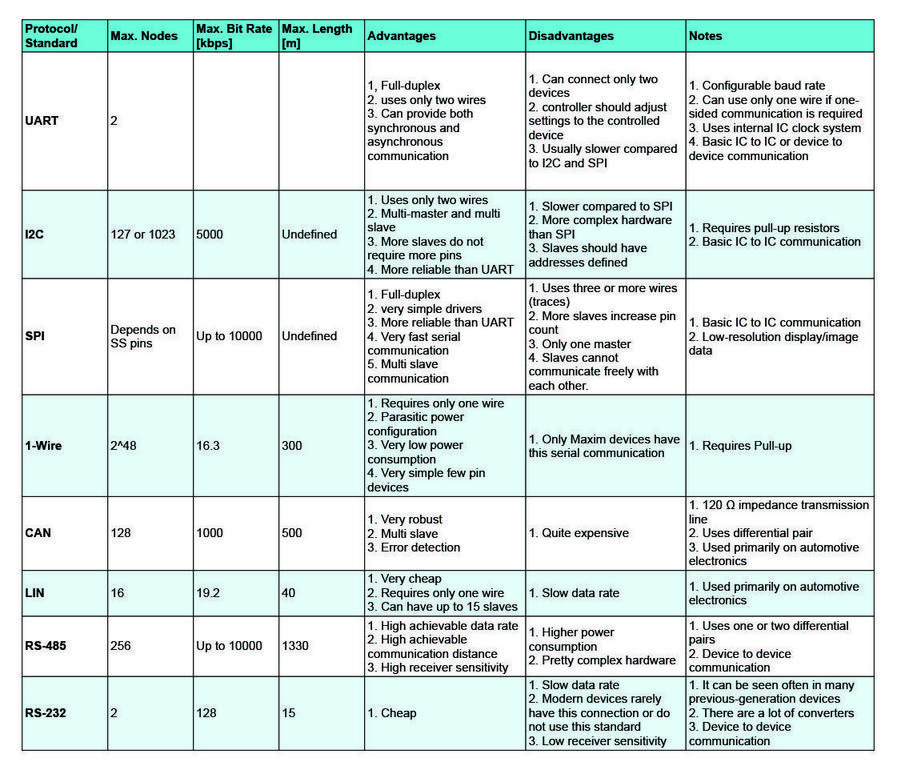
FTP passive vs active is an important consideration for most users, especially when they are using their FTP client behind a firewall. FTP in passive mode is easier to operate and better suited for firewalls and NAT routing.
FTP is Internet Protocol (IP), which allows files to be transferred between two computers via a server and client. FTP protocol has two channels: a command channel and a data one. They are used together to transmit information from client to server.
The client initiates communication with the FTP by sending an PORT command via TCP Port 21. The server will then connect back to the specified local data port for the client, which is usually TCP port 20, and establish a command channel with it.
This connection process works unless the FTP client is behind a firewall. In this case, the firewall on the client will block the connection request coming from the FTP Server, which would prevent file transfer.

A simple solution to this problem is changing the client mode from active into passive. In passive mode the FTP client initiates the command channel but instead of sending the PORT command, it sends the PASV command. The FTP client replies to this command with a random data port that it has open for the file transfer.
In Active mode, a client sends an PORT command in order to establish a data channel with the FTP Server. It is a reversed data channel and therefore not as compatible with firewalls or NAT routers.
Firewalls help secure networks by limiting the traffic that can be sent through specific ports. This is often done as a way to protect against unauthorised access. However, it can also lead to problems when you use FTP.
Network Address Translation (NAT) devices are another common way to protect against unauthorized connections. These devices enable multiple computers sharing a single address. However, they can act as firewalls to block connections from the outside. NATs block connections to internal systems well, but are often difficult to set up for firewall support.
Passive mode was created to alleviate some of the responsibility for firewall configuration from the client side. In passive mode the client initiates the control on port 21 but instead of sending the PORT command it sends the PASV command. This command instructs the FTP to return the IP address and port for the client to use to create a data-channel.

If the Automatic Passive Mode is enabled in Fetch and an error occurs when Fetch tries to connect to a server, Fetch will automatically switch to passive. If this doesn’t work, select the Passive Mode option under the FTP Setting Menu.
The choice between active and passive is up to the client, but passive mode usually works better with NATs and firewalls. The client may be configured to use only a small range of high port numbers on the host, which limits the number that can potentially be blocked by the firewall. This reduces the risk that a server may be exposed to from a security issue caused by a router blocking all traffic through a certain high-level port.
FAQ
Do I use WordPress?
You can start small and build a solid web presence. If you have all the resources and time, then build a website. You might start with a simple blog if you don’t have the time or resources. You can always add features later as you learn how to design and develop websites.
However, before you create your first website you need to set up a primary URL. This will provide a point to which you can publish content.
How to Make a Static Site
There are two options for creating your first website:
-
A Content Management System (also known as WordPress): WordPress: This software can be downloaded and installed on your computer. This will allow you to create an essential website.
-
You will need to create a static HTML website. If you have a good understanding of HTML, this is not difficult.
You might consider hiring an expert to design your website if you are planning to build a large site.
You should start with option 2.
What platform is the best to design a site?
WordPress is the best platform to design a website. It comes with all the tools you need for creating a professional website.
These themes are simple to install and modify. There are thousands of themes online that you can choose from.
Plugins are another way to add functionality. They can do everything, from adding social buttons to creating contact pages to adding forms.
WordPress is very user-friendly as well. You don't even need to know HTML code in order to modify your theme files. To change your theme files, all you have to do is click on an image and select the desired changes.
There are many other platforms, but WordPress is my favorite. It has been around for years, and is still in use by millions.
What HTML & CSS can I use to create my website?
Yes, you can! You'll need to be familiar with web design concepts and programming languages such HTML (Hyper Text Markup Language), CSS, and CascadingStyle Sheets. These two languages allow you to create websites that can then be viewed by anyone who has access to your internet connection.
How much does it take to build a website.
The answer to this question depends on what you want to accomplish with your website. Google Sites may not be required if you simply want to provide information about yourself or your company.
However, if you want to attract visitors to your website, you'll likely want to pay for something more robust.
A Content Management System (like WordPress), is the most popular option. These programs let you create a website with no programming skills. These sites are hosted by third-party companies so you don't have to worry about being hacked.
Another way to build a website is to use a service called Squarespace. They offer a variety of plans ranging from $5 per month to $100 per month, depending on what you want to include on your site.
Statistics
- Studies show that 77% of satisfied customers will recommend your business or service to a friend after having a positive experience. (wix.com)
- It enables you to sell your music directly on your website and keep 100% of the profits. (wix.com)
- Did you know videos can boost organic search traffic to your website by 157%? (wix.com)
- Is your web design optimized for mobile? Over 50% of internet users browse websites using a mobile device. (wix.com)
- It's estimated that chatbots could reduce this by 30%. Gone are the days when chatbots were mere gimmicks – now, they're becoming ever more essential to customer-facing services. (websitebuilderexpert.com)
External Links
How To
How can I choose the right CMS for me?
In general, there is a choice between two types Content Management System (CMS). Web Designers choose to use Dynamic CMS or static HTML. WordPress is the most popular CMS. Joomla is a good choice if your site needs to look professional. Joomla! is an open-source CMS that allows you to create any type of website design. It's simple to install and configure. You don't need to hire a developer to set up your site because Joomla comes with thousands of ready-made templates and extensions. In addition, Joomla is free to download and use. Joomla can be used for many purposes.
Joomla is a powerful tool that allows you to manage every aspect of your website easily. It provides features such as a drag & drop editor, multiple template support, image manager, blog management, a news feed, eCommerce, etc. Joomla is an ideal choice for anyone wanting to build a website, without needing to know how to code.
Joomla works on almost all devices. You can easily create websites for multiple platforms with Joomla.
There are many reasons people choose Joomla over WordPress. Some of them include:
-
Joomla is Open Source Software
-
It's easy to set up and configure
-
Many thousands of pre-made templates and extensions
-
Download and use this free software
-
All Devices Are Supported
-
Powerful Features
-
Great Support Community
-
Very secure
-
Flexible
-
Highly customizable
-
Multi-Lingual
-
SEO Friendly
-
Responsive
-
Social Media Integration
-
Mobile Optimized